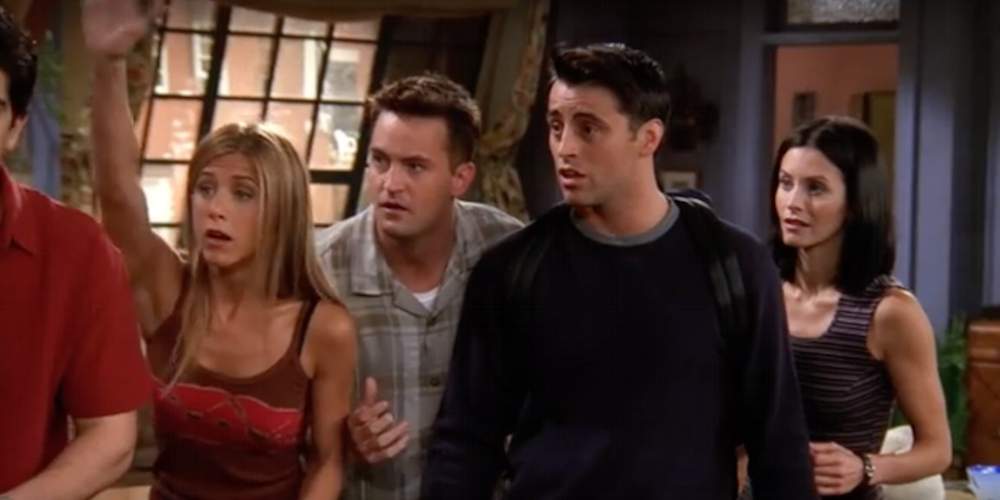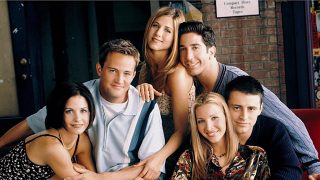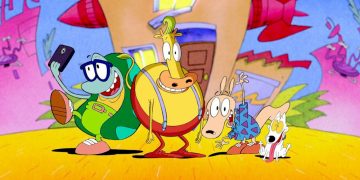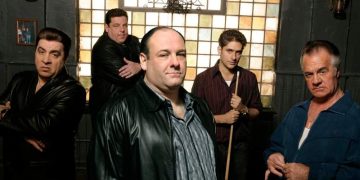The 90s are back again! That seems to be the sign of the times as far as modern tastes in TV, with nostalgia for the era appearing to be at its strongest in 2022—a full 22 years after the 90s came to an end and gave way to the new millennium.
Quintessential shows of the era, like The Sopranos, Hey Arnold, Friends, Seinfeld, and The Simpsons, have all captured newer and younger audiences despite the gaps in culture and time that have since passed.
Fads come and go, but 90s TV will always hold a special place in television culture and the most iconic shows of the decade will always be around to draw in the newest generations.
Here's our take on why 90s TV is so popular—again!—and what that means for the future of television.
1. Episode Volume
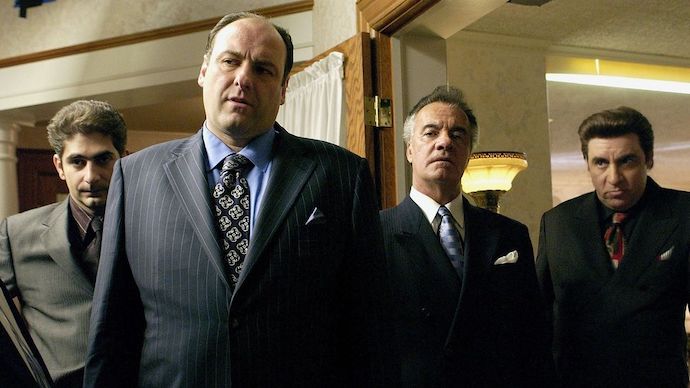
The simple truth is that TV shows in the 90s had so many more episodes per season than we see now with modern TV shows.
Whether dramas or comedies, TV shows in the 90s often stuck to 24 episodes per season because broadcast television literally had seasons—shows often started in Fall, took a break in Winter, and finished up in Spring, just in time for Nielsen's May sweeps.
Today, streaming culture has overtaken the "appointment viewing" of broadcast television and episode counts have dwindled. Without the need to adhere to the Fall-Winter-Spring schedule, modern shows can get away with just 10 or 12 episode seasons.
That's why TV shows from the 90s, like Friends, just keep going and going. The plotlines have ample time to build slowly throughout an entire and lead to a crescendo that isn't always obvious at first.
Contrast that with modern TV shows, which are far more streamlined and tightly written, meaning they show their hands bafflingly soon and lose a lot of the magic of slow-building arcs.
All in all, when you go back and rewatch the series of days long gone, you usually have at least one hundred episodes to look forward to—and for the best shows, each episode is high quality. The 90s gave us a lot of great content to get through and enjoy.
2. Edgy Style
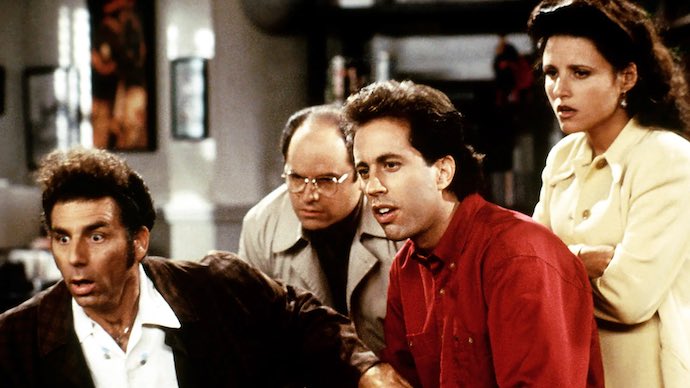
The 90s had more bite. Those TV shows came out during an era that wasn't yet beset by modern ideals of acceptance—an unfortunate truth of an era that was far from perfect, especially in retrospect.
That meant two things for 90s television: first, we saw all kinds of hurtful stereotypes that wouldn't fly today, and second, we saw an unfettered kind of writing that had so much more room to play with because there wasn't yet a need to worry about offending audiences.
TV studios of that decade were still being run by old-school producers who were too entrenched in their ways, but if there's one good thing that came from that, it would be the fact that 90s TV shows had an edge that likely wouldn't be tolerated in a debut show these days.
Sure, we still have ongoing series like Curb Your Enthusiasm and It's Always Sunny in Philadelphia that have their own edginess, but they've been grandfathered in, so to speak. Generally, we don't see 90s edge anymore, and so modern audiences flock to 90s TV for what they can't get.
3. Classic Iconography
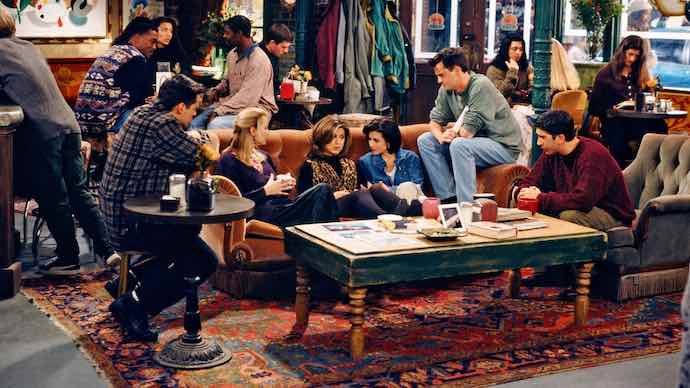
Everybody still talks about Friends, about Seinfeld, about which TV show remains superior—a debate that rages on and will likely never die. And don't forget the vast impact of other classic 90s TV shows, including The Simpsons and childhood-defining Nickelodeon cartoons.
All of those shows have iconography, and that's a trait that can only be acquired years after the fact. When young people hear their parents talk about the TV shows they loved to watch while growing up, those young people want to see if those shows live up today.
And most of the time, they do! Which results in them becoming new fans who hold fresh opinions about those older TV shows.
But when it comes to the 90s, that era isn't yet out-of-date enough to be instantly dismissed as old, and so the decade occupies a unique spot in modern television—meaning now is the perfect time for that era to make a resurgence and impact a whole new generation of viewers.
4. Original Identity
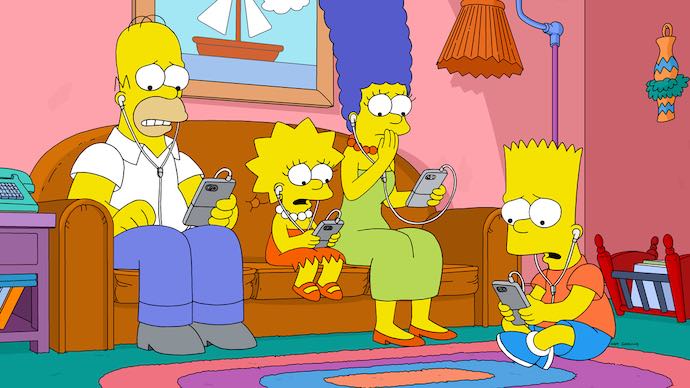
Where there's demand for more content, studios will find a way to rush that content to market. It's a consequence of modern technology and how productive it's enabled us to be.
On the one hand, that's great; we have so many good TV shows to enjoy now. On the other hand, there are so many new TV shows and new TV seasons released every year that everything gets drowned out.
Today, a TV show needs to be beyond excellent—or incredibly unusual—in order to get noticed and stand out from all the copycats and low-effort productions that flood the streaming platforms.
But back in the 90s, it wasn't as easy to pump out new TV shows so frequently. They were more carefully made, with more attention paid to making sure each show had its own identity and quality.
That level of craft didn't just give us a whole bunch of great TV shows, but it also ushered in the modern era of TV as we know it. Shows like The Simpsons and The Sopranos flipped the script on what TV could be.
If we love modern television, it's because the 90s blazed the trail that modern television would follow. Today's shows owe themselves to the 90s, and so we look back fondly on the era as one of pure originality that hasn't yet grown outdated.
What Happens Now?
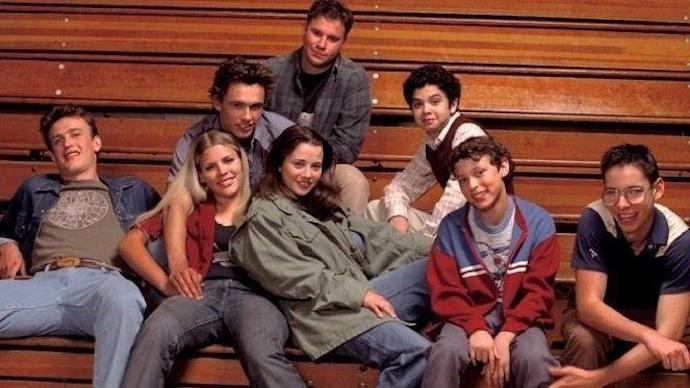
As time passes, the 90s will eventually meet the same fate as every other decade before it, as all content produced during that era will be reduced to a punchline.
However, for now, it remains a key part of the social consciousness in a way that no other decade has since. So, enjoy it while it lasts! One day, names like Joey, Jerry, Rachel, Kramer, Phoebe, Carmela, and Tony will not have the same power as they do today.
